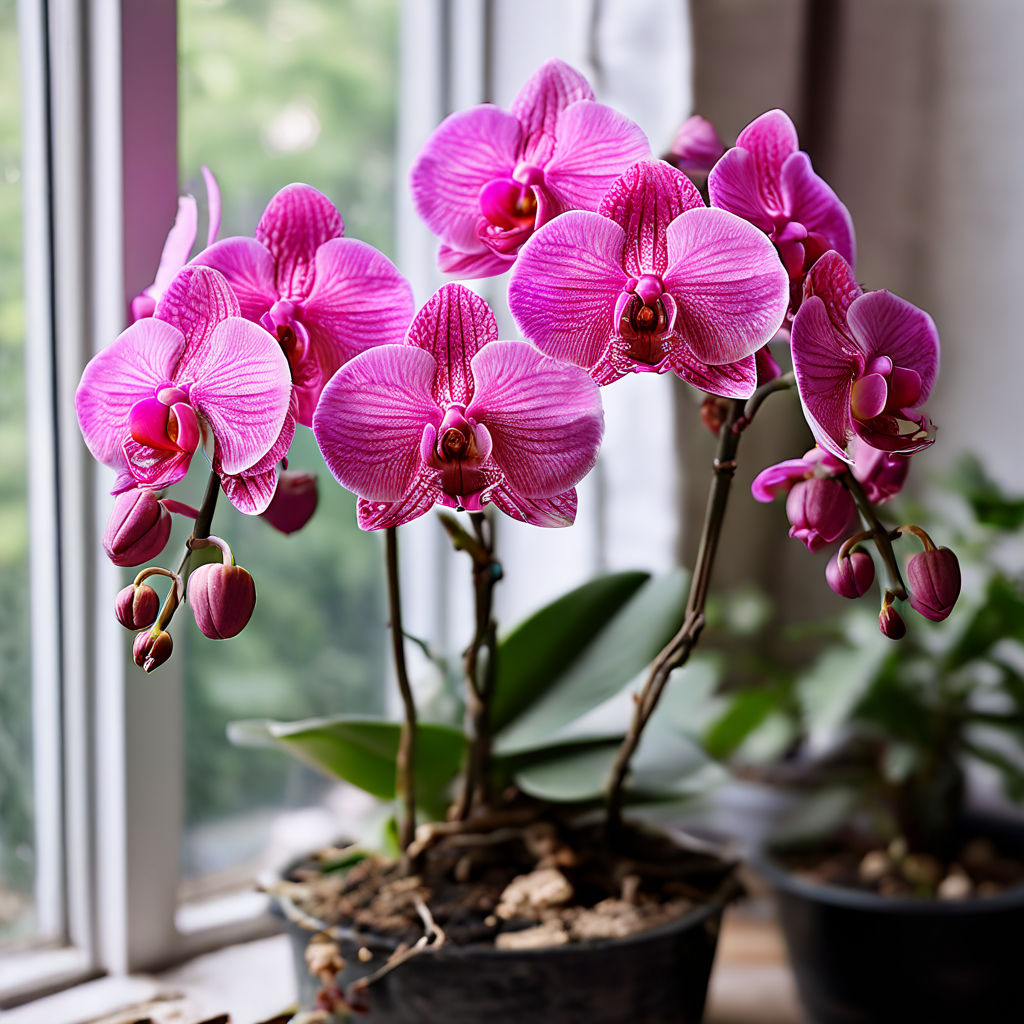
Choosing the right pot for your orchids is a pivotal step in ensuring their health and promoting robust growth. Orchids, known for their stunning and exotic blooms, have unique potting needs that differ significantly from those of other houseplants. These plants thrive in environments that replicate their natural habitat, which typically means an airy and well-draining pot is essential.
Orchids are epiphytic in nature; they grow on other plants rather than in soil. This unique adaptation necessitates pots that allow for adequate airflow around the roots, preventing suffocation and stagnation. The importance of selecting a pot that facilitates aeration cannot be overstated, as it directly impacts the plant’s ability to absorb nutrients and water efficiently. Well-draining conditions are equally critical, as excess moisture can lead to root rot, a common ailment that can severely hinder an orchid’s health and flowering capability.
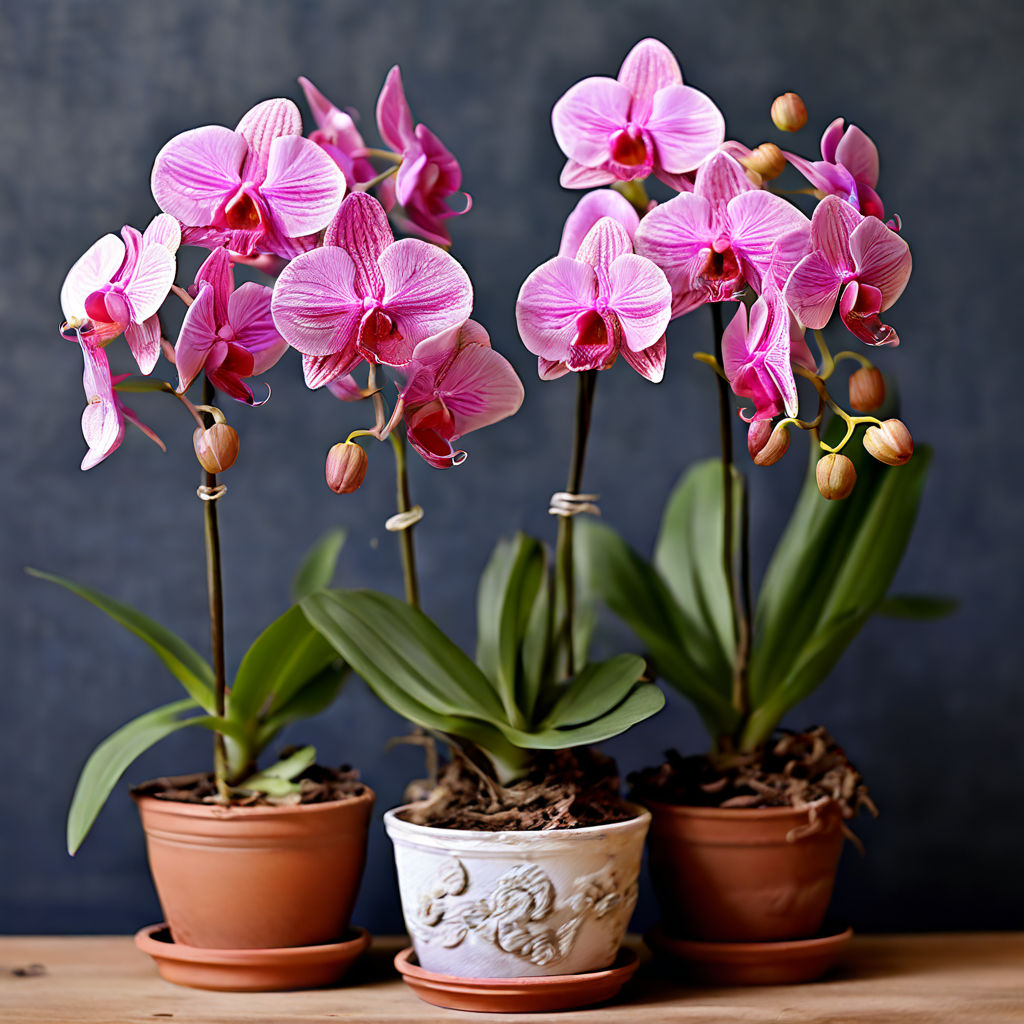
Inappropriate pot choices can lead to a myriad of issues, the most significant being root rot. This condition, often resulting from poor drainage, can cause the roots to become waterlogged and eventually decay. Such damage to the root system can stymie the plant’s growth and impede its ability to bloom. Additionally, pots that do not provide enough air circulation can create environments conducive to fungal and bacterial infections, further compromising the orchid’s vitality.
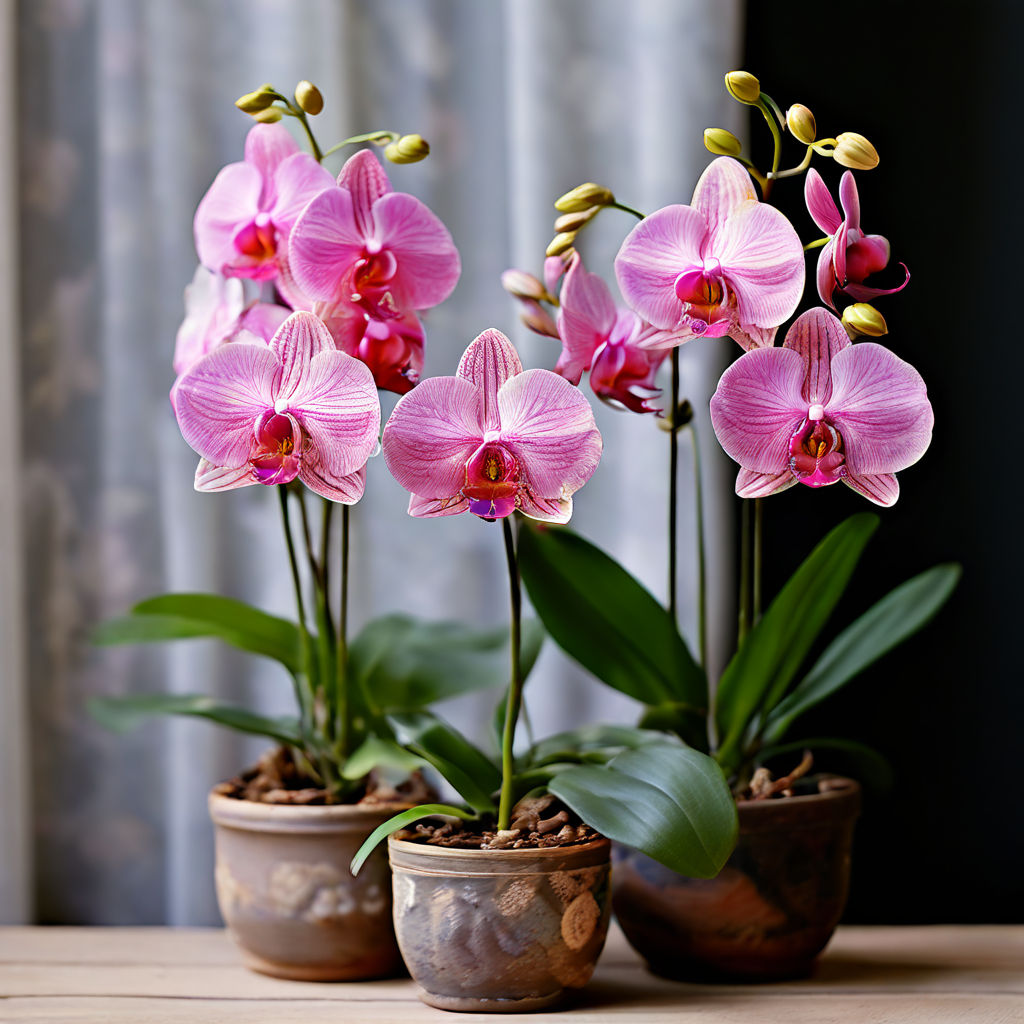
Understanding these unique requirements is the foundation of successful orchid cultivation. Selecting a pot that aligns with these needs will not only foster a healthy root system but also enhance the overall well-being of the plant. As we delve deeper into the various types of pots suitable for orchids, it becomes clear that the right choice can make a significant difference in your orchid’s ability to flourish and bloom.
Types of Pots for Orchids
When selecting the best pots for orchids, understanding the various types available and their unique characteristics is essential. Each type of pot offers distinct advantages and disadvantages, impacting moisture retention, air circulation, and the overall health of your orchids.
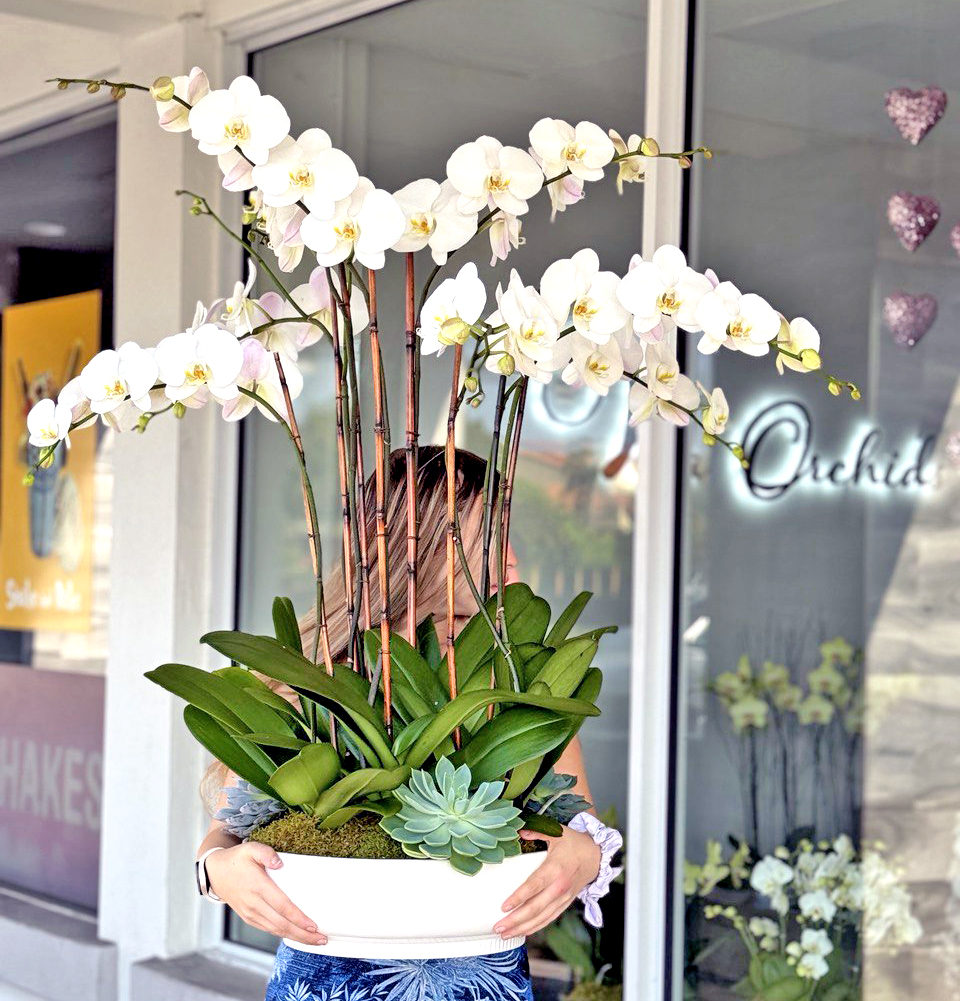
Clay Pots
Clay pots are a popular choice due to their porous nature, which allows for excellent air circulation and drainage. This characteristic helps to prevent root rot, a common issue in orchid care. However, clay pots can dry out quickly, requiring more frequent watering, especially in warmer climates or indoor environments with low humidity. The weight of clay pots provides stability, but they can be prone to breaking if handled roughly.
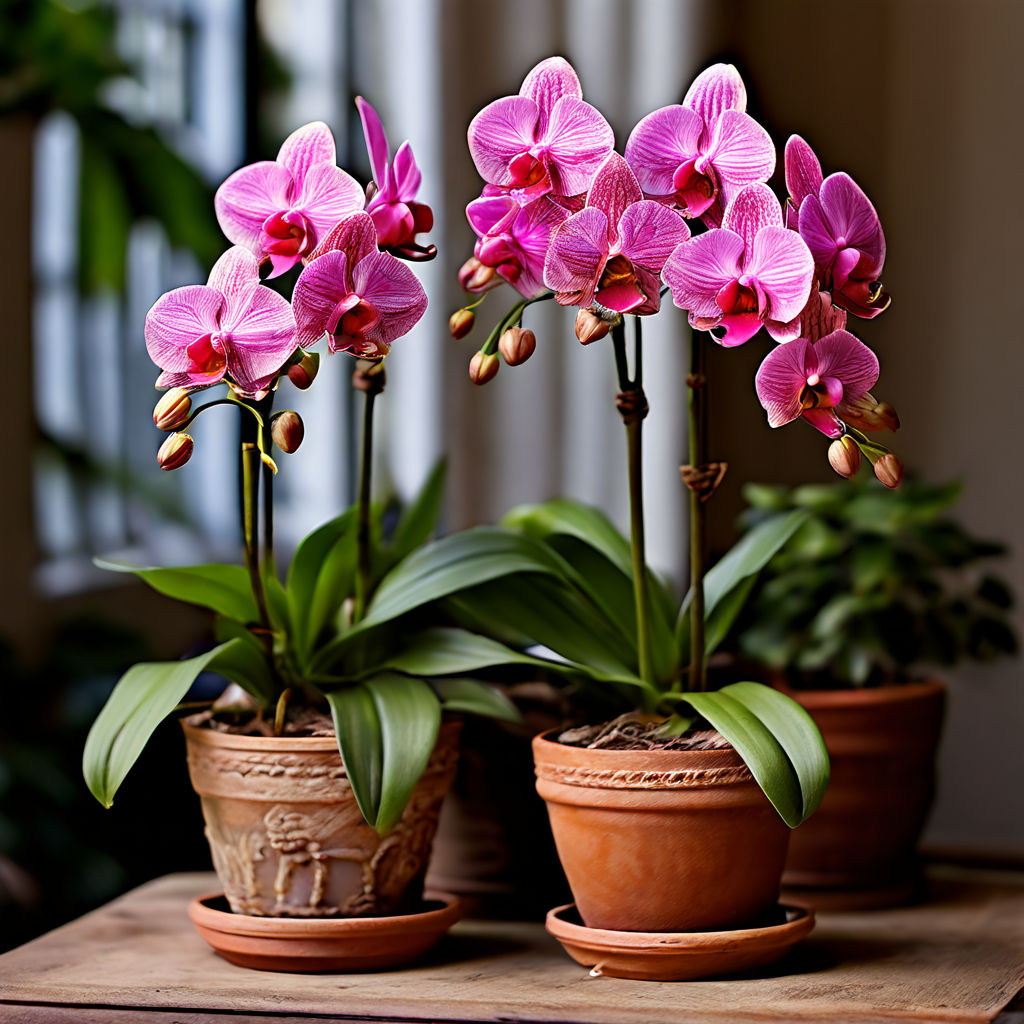
Plastic Pots
Plastic pots, on the other hand, are lightweight and durable, making them a practical option for many orchid growers. These pots retain moisture longer than clay pots, reducing the frequency of watering. However, the lack of porosity can lead to poor air circulation around the roots, so ensuring proper drainage holes is crucial. Plastic pots are ideal for environments where maintaining consistent moisture levels is challenging.
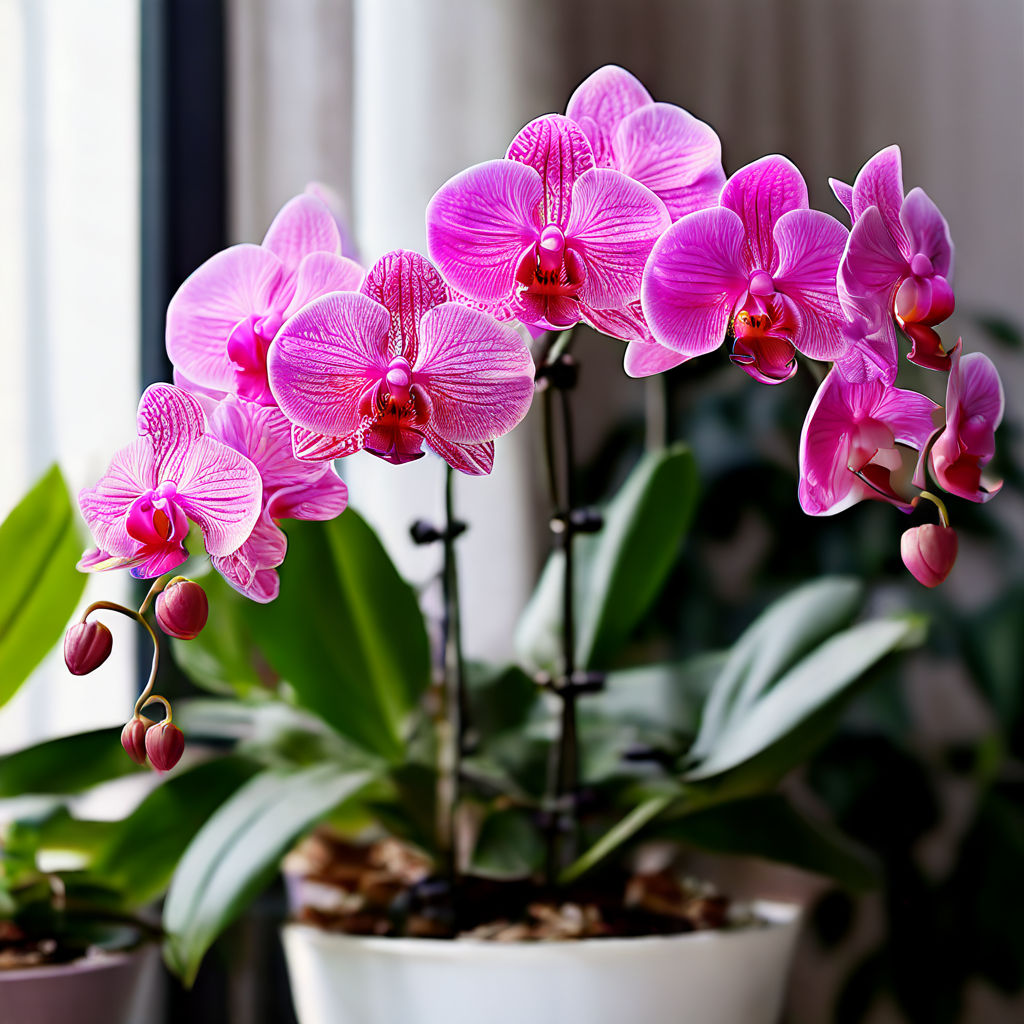
Ceramic Pots
Ceramic pots offer a balance between the advantages of clay and plastic pots. They are often glazed, which helps retain moisture while still providing some breathability. These pots can be heavier and more decorative, adding an aesthetic appeal to your orchid display. However, similar to clay pots, they can be fragile and may break if dropped or mishandled.
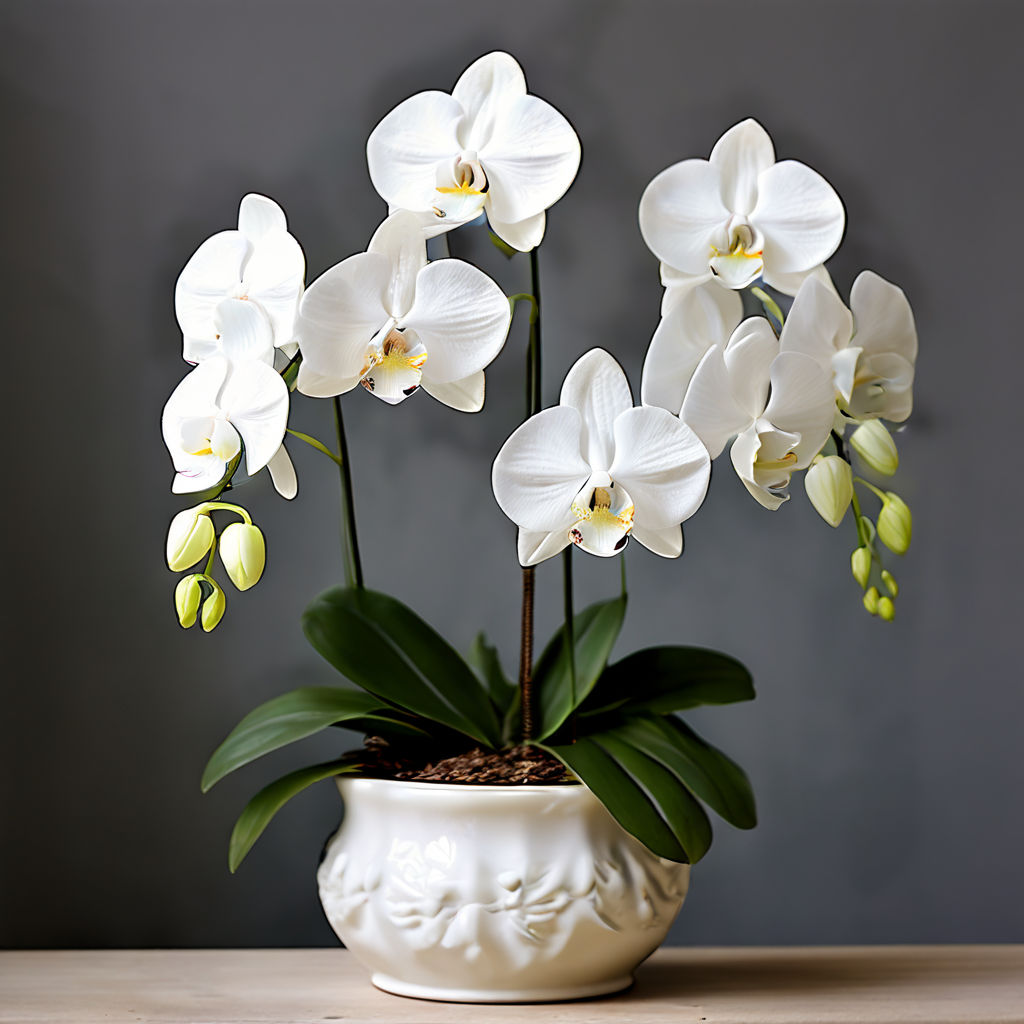
Specialty Orchid Pots
Specialty orchid pots, such as net pots and slotted pots, are designed specifically to meet the unique needs of orchids. Net pots have numerous openings that improve air circulation and drainage, making them ideal for epiphytic orchids that thrive in well-ventilated environments. Slotted pots, with their vertical slits, also enhance air flow and drainage, helping to prevent root rot. These specialty pots are particularly beneficial in humid climates where excess moisture can be a concern.
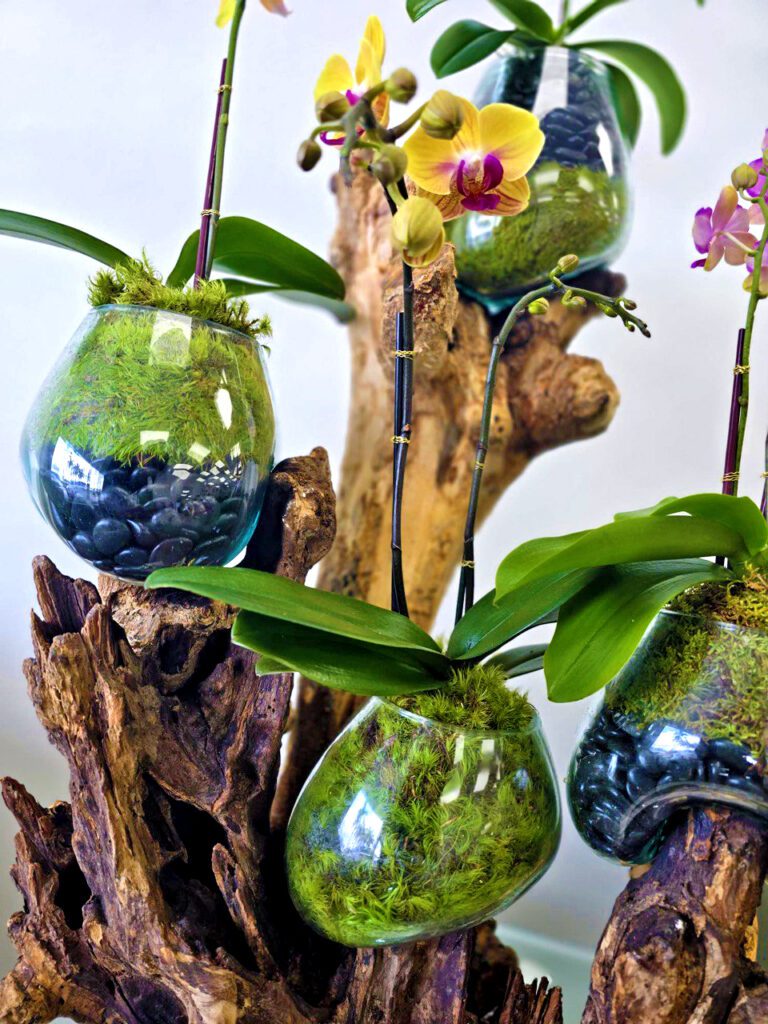
Choosing the right pot for your orchid involves considering the specific needs of your plant and the conditions in which it will grow. By understanding the pros and cons of each type, you can make an informed decision to ensure your orchids flourish.
Factors to Consider When Choosing an Orchid Pot
When selecting the best pots for orchids, several critical factors must be taken into account to ensure optimal growth and health. The first and foremost consideration is the size of the pot. Orchids generally prefer to be slightly root-bound, meaning their roots should comfortably fill the pot without being overly cramped. A pot that is too large can retain excessive moisture, leading to root rot, while one that is too small might restrict growth and nutrient absorption.
Drainage capabilities are another essential aspect. Orchids are highly susceptible to waterlogged conditions, which can cause root rot and other fungal diseases. Therefore, it is crucial to choose pots with adequate drainage holes. This feature allows excess water to escape, ensuring the orchid roots remain aerated and healthy. Additionally, some growers opt for mesh or slotted pots, which provide superior drainage and air circulation, particularly beneficial for epiphytic orchids.
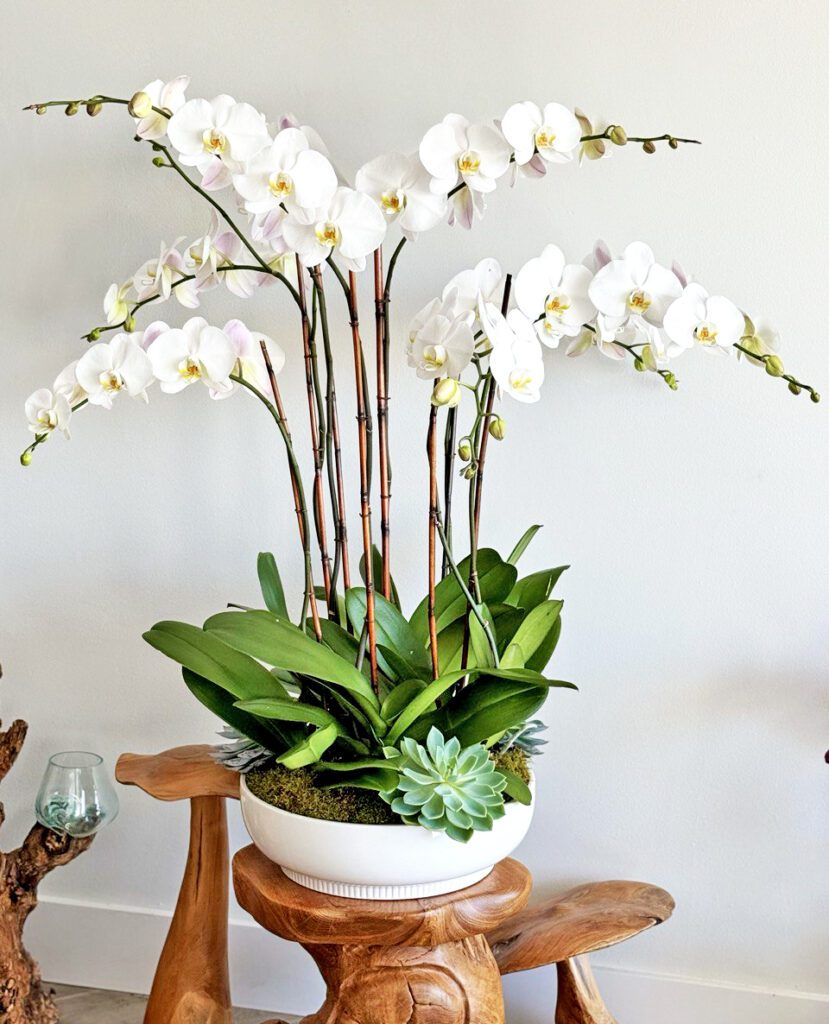
The material of the pot also plays a significant role in orchid care. Common materials include plastic, clay, and ceramic. Plastic pots are lightweight and retain moisture well, making them suitable for environments where humidity is low. Clay pots, on the other hand, are porous, allowing for better air exchange and moisture evaporation, which can be ideal for orchids that require drier conditions between waterings. Ceramic pots, especially those with a glazed finish, offer an aesthetic appeal but may not provide the same level of breathability as unglazed clay pots.
Lastly, aesthetic considerations should not be overlooked. While functionality is paramount, the visual appeal of the pot can enhance the overall beauty of the orchid display. Many growers choose decorative pots that complement their home or garden decor. However, it is essential to ensure that these aesthetic choices do not compromise the plant’s health. For instance, using a decorative outer pot with a functional inner pot can combine both worlds effectively.
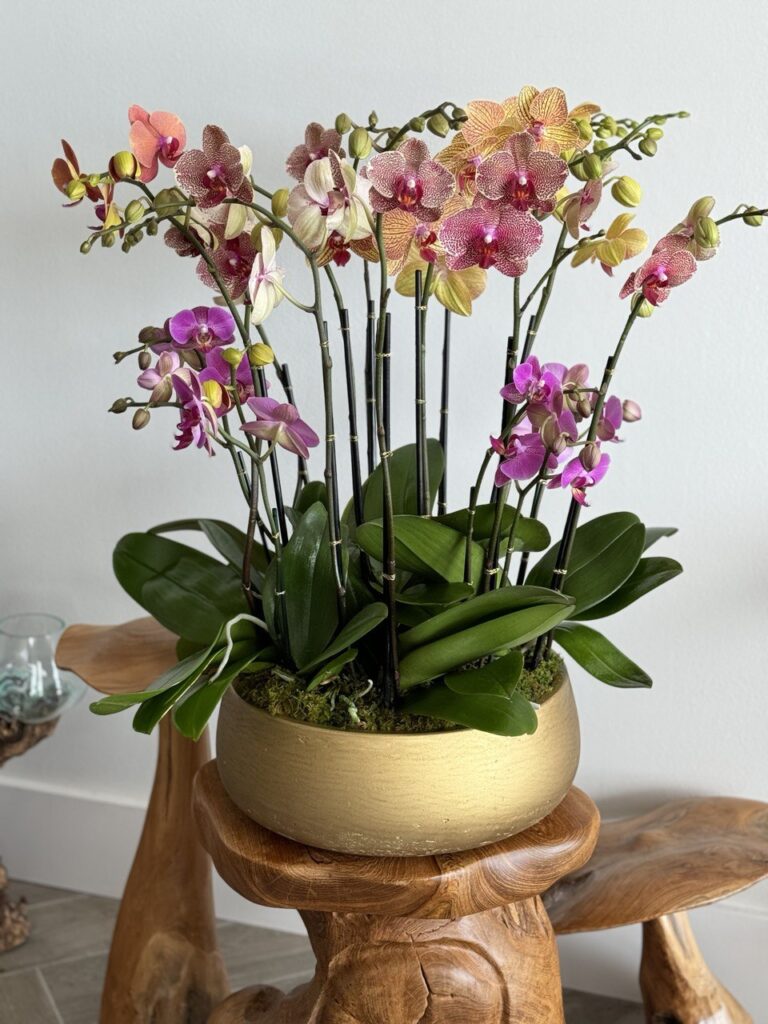
By carefully considering pot size, drainage capabilities, material, and aesthetics, orchid enthusiasts can select the best pots for their specific orchid species and growing environments, ultimately promoting robust growth and vibrant blooms.
Tips for Repotting Orchids
Repotting orchids is an essential aspect of their care, ensuring they continue to thrive and bloom beautifully. The process, while straightforward, requires careful attention to detail to avoid causing stress to the plant. Here is a step-by-step guide to help you repot orchids safely and effectively.
First, it is crucial to determine the right time for repotting. Orchids generally need to be repotted every one to two years, or when you notice roots growing out of the pot or the potting medium breaking down. The best time to repot is typically after the orchid has finished blooming, as this minimizes the risk of disturbing the flowering process.
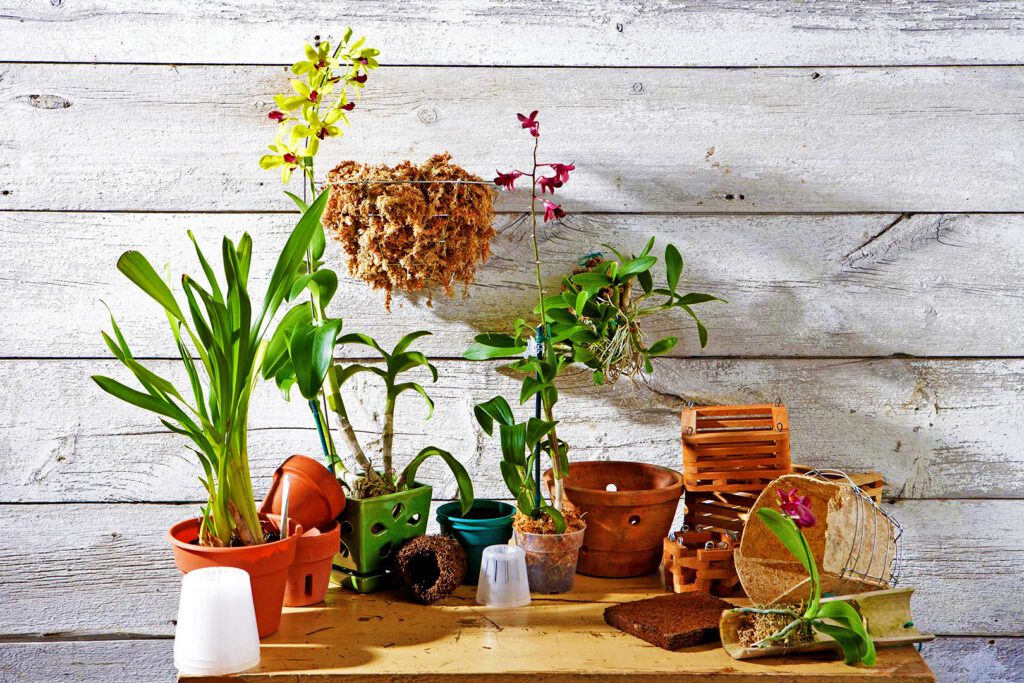
Begin by gently removing the orchid from its old pot. Carefully loosen the roots and remove any old potting medium. It is important to handle the roots with care, as they can be quite delicate. Inspect the roots and trim away any that are dead or mushy, using sterilized scissors to prevent the spread of disease.
Next, prepare the new pot. Choose a pot that is slightly larger than the current one, with adequate drainage holes. Fill the bottom of the pot with a suitable orchid potting mix, such as a blend of bark, perlite, and charcoal. Position the orchid in the center of the pot, spreading the roots out evenly. Gradually add more potting mix, ensuring that the roots are well-covered but not too tightly packed.
After positioning the orchid in its new pot, it is essential to provide proper aftercare. Water the orchid thoroughly, allowing excess water to drain away. Place the repotted orchid in a location with appropriate light and temperature conditions, and avoid fertilizing for the first few weeks to allow the plant to adjust.
By following these tips, you can ensure that your orchid adapts well to its new pot, promoting healthy growth and beautiful blooms. Repotting orchids may seem daunting at first, but with careful attention and patience, it can become a rewarding part of your orchid care routine.
